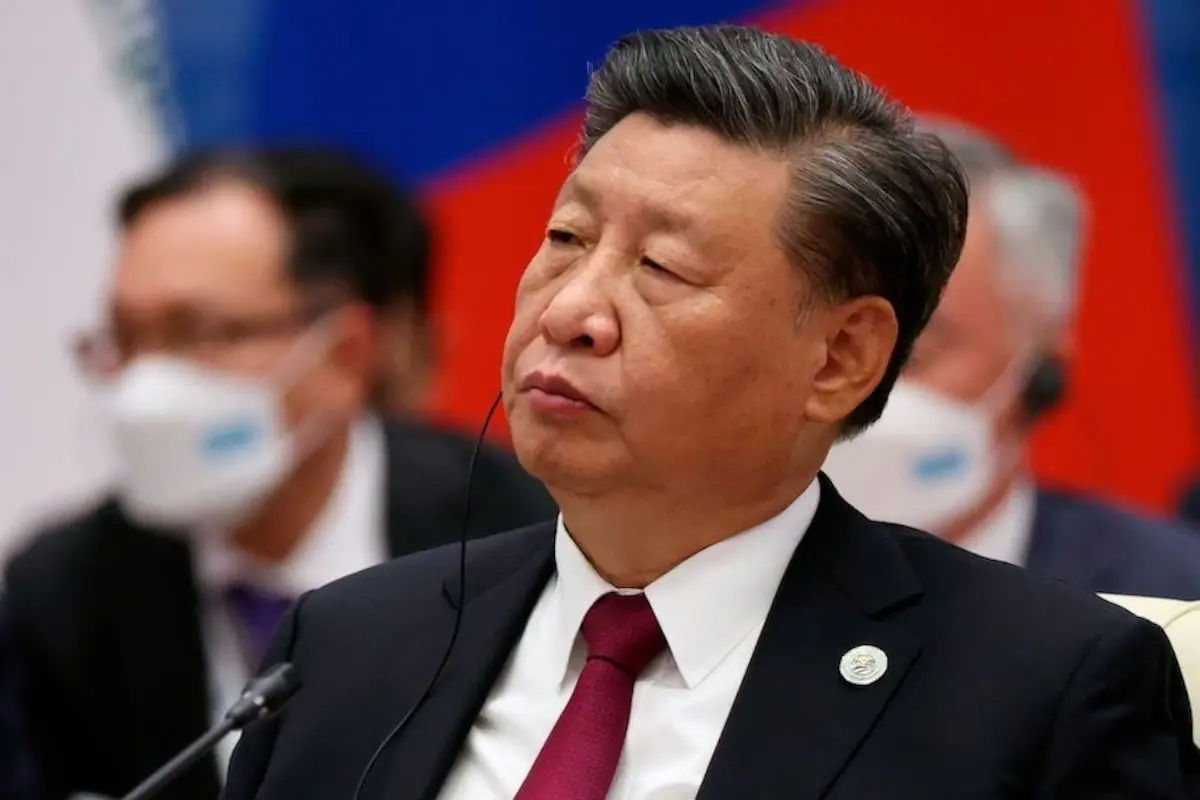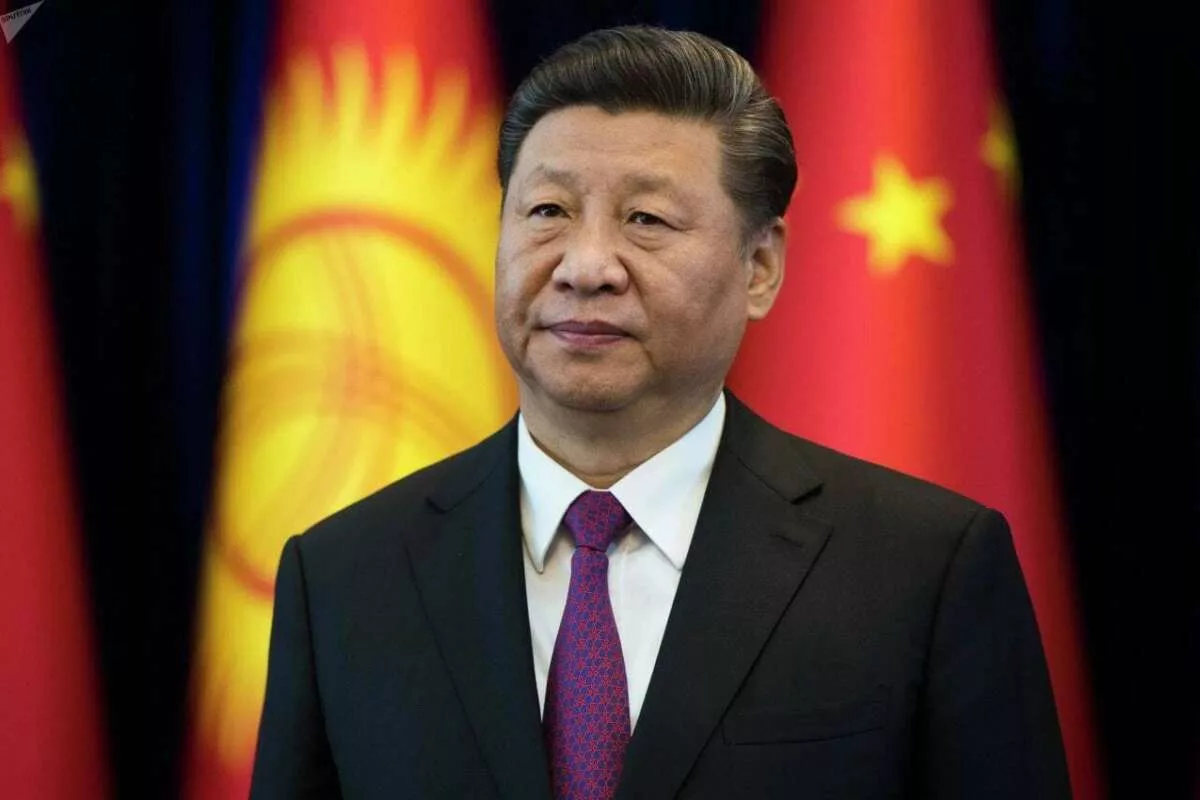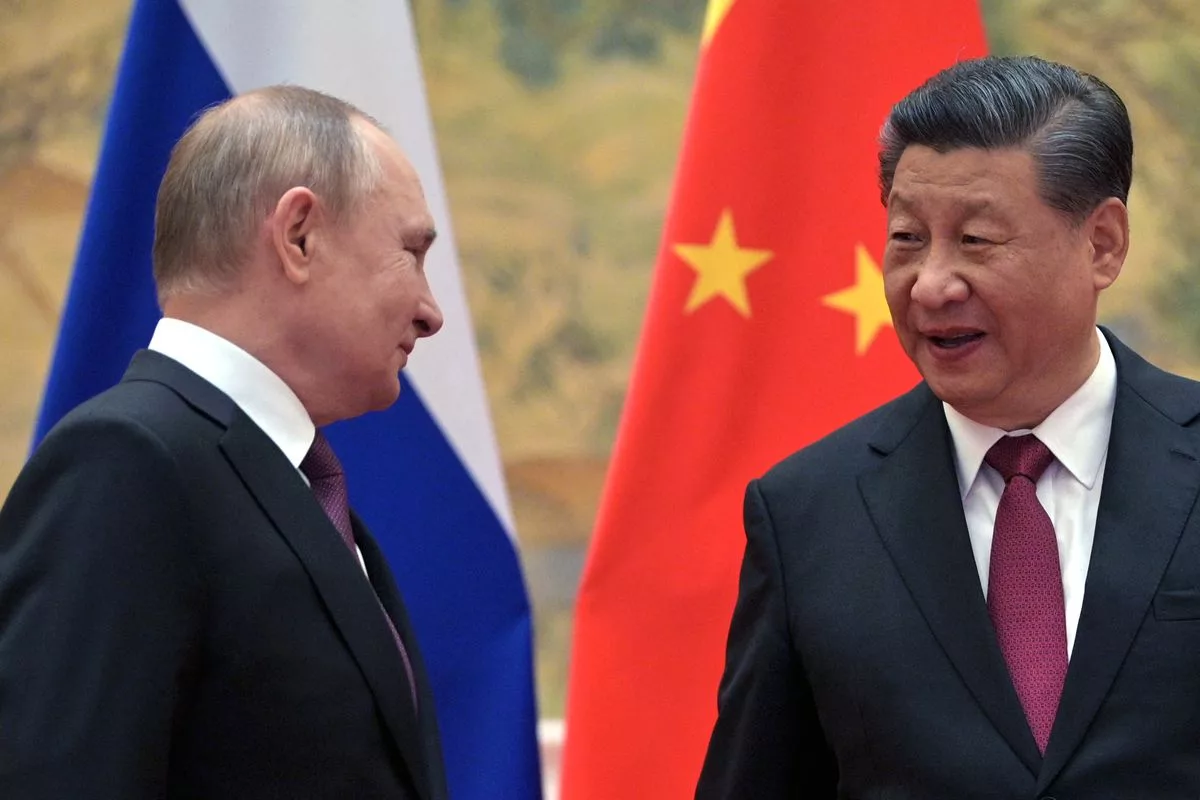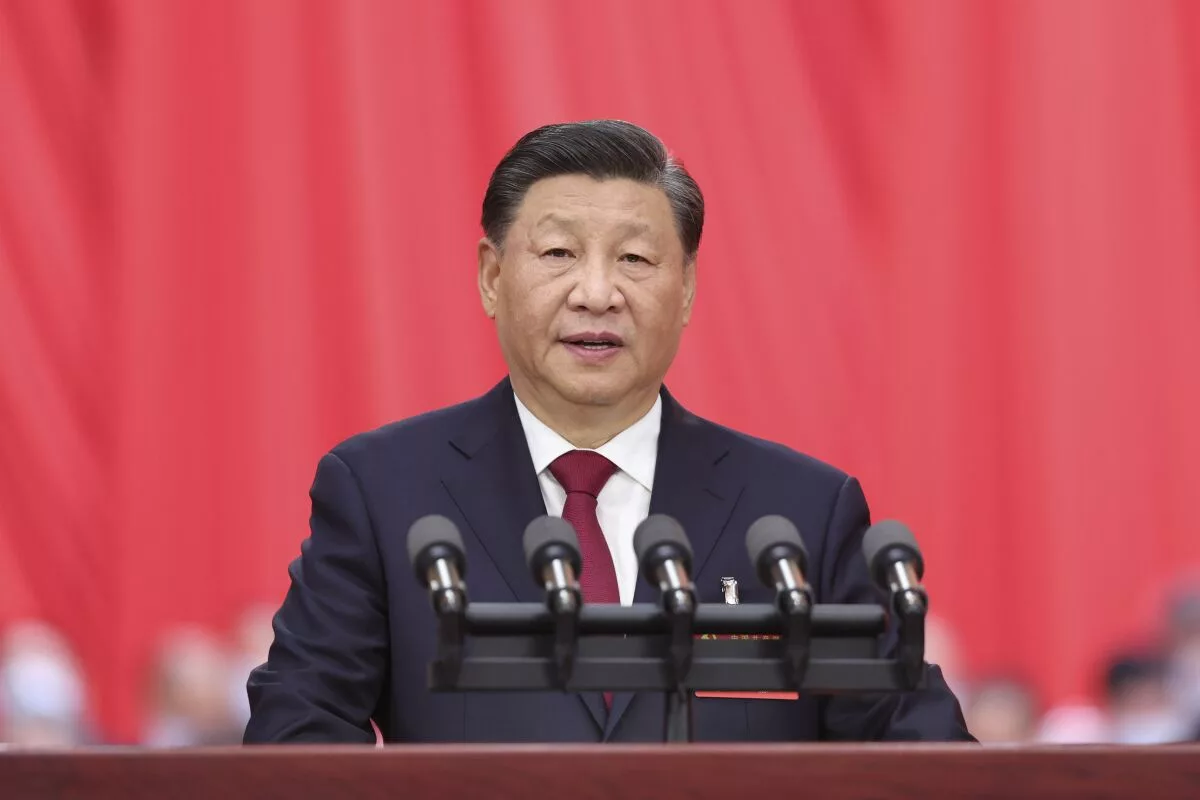The Impact Of Xi Jinping’s West Asia Forays On India, The US, And The World
Considering this situation, China's mediation of a truce or peace between Saudi Arabia and Iran may impact India's political geography.

The Impact Of Xi Jinping’s West Asia Forays On India, The US, And The World
The United States and China might declare neutrality in the future if there is a geopolitical standoff between the two countries.
India may not benefit from the recent geostrategic overtures between the US and India, regardless of their geostrategic benefits, whose limitations the Ukraine War has already revealed.
Regardless of the provocation of the US over the Khashoggi affair in 2018, China has been preparing to make two Saudi-centric moves. Chinese human rights issues are not of concern to the US and its Western allies.
As a result of the anti-establishment Iranian Revolution of 1979-80, Gulf-Arab sheikdoms have experienced significant turmoil in recent decades.
Throughout their lives, neither the Taliban nor Al-Qaeda, before or after 9/11, were welcome. ‘Arab Spring’ mass protests were more ‘orchestrated’, mainly when they saw the dehumanization of Libyan leader Gaddafi as evidence of a hidden American hand.
A new ally was needed for the new century, and China’s non-interference approach and mutually supportive economic outreach are ideal. China sees it all as an investment in the future, as did the United States during the Cold War.
As a result of China’s inter- and intra- Gulf policy, it could have neutralized the overwhelming US presence without actualizing it would take its side in future conflicts.

Israel has been striking it on its own for a few years, even though it depends on the US in the UN fora. The US has sent out a message to its major partners in West Asia that it cannot take their support for granted anymore, beginning with long-term friends and allies.
They have learned the meaning and concept of ‘supreme national self-interest’ through long years of association with the US. India has taught them American political idioms by implementing its Russia policy on the Ukraine War.
The Chinese also followed the same course but needed more choices. There may be an emerging contemporary dynamic in which China and the US may feel like outsiders more often now.
A Saudi-centric diplomatic coup two times in four months is a big deal for China. Riyadh facilitated Xi Jinping’s entry into the 22-member Arab League in December.
Despite the possibility, US President Joe Biden followed the aggressive approach adopted by Trump’s Republican predecessor rather than that of his former Democratic boss, Barack Obama, who sought to correct the bilateral issues but failed to do so.
The more the US has portrayed China as an aggressor in Taiwan, the slower Beijing has responded. A naval vessel sent by the US to those waters followed an offer from former House Speaker Nancy Pelosi to Taiwan as a strategic distraction from the European war.
China reacted less strongly to that offer. The country did not entirely support Russia during the European war. The US accusations that China supplied weapons to Russia soon needed independent corroboration; however, no such confirmation came from America’s western allies.
Five US military bases are located in Saudi Arabia, out of over 30 in the Gulf-Arab region. In 1991, the US used bases in Gulf Arab countries during its anti-Iraq campaign, known as the Kuwait War.
Instead of being wary of ‘war on Islam’ military initiatives or street interpretations, it may need to be mindful of any such domestic street interpretations.
West Asia will closely watch China’s future moves. China is also engaged in dealings with the 57-member Organization of Islamic Countries (OIC), spread across continents, and the 22-member Arab League centred in the Gulf.

There is an interconnection between their memberships. As for the 55-member African Union (AU), it has its influence and relevance, too. Two blocs constitute the largest UN General Assembly (UNGA) representation: the OIC and the AU.
The two sides don’t agree on everything, but China’s presence may change the picture over time. China may also aim at this as part of the first stage of its development.
Regarding India, ruling Bharatiya Janata Party (BJP) activists have claimed over the past couple of years that its relationship has flourished under Prime Minister Narendra Modi and not under Nehruvian Congress leaders as often alleged.
A Gulf-Arab outreach to India had a larger context and was not a stand-alone event. Generally speaking, it was a fair assessment, but only partially.
Iran has complained that obtaining oil from Saudi Arabia is difficult due to Western sanctions, even after the Saudi patch-up under Chinese supervision.
India’s willingness to take fewer risks on the sanctions-cum-import front is less risky than Russia’s, so Iran may test the strength of bilateral relations.
Despite that, pro-Modi social activists in the country should realize that under new leadership, especially MBS, the modernizer in Saudi Arabia, the region is repositioning itself for a world that is less dependent on oil and whose production could also decrease drastically for them to use it as a political tool in the future.
It would also serve little purpose for them if the US military were present. Their tactic is to make up with their enemies rather than surrender to supporters.
Indians could therefore move more closely to the centre in matters involving China, the US, and other Western countries, as a result.
As a result, they are not concerned about Pakistan’s rantings about ‘Kashmir’ as much as they used to be in solidarity with another Muslim nation.
As a result of the withdrawal of the US from Afghanistan, some may be starting to think of Pakistan as a South Asian country rather than an Islamic one.
As a result, individual nations and groups may be taking a closer look at India on religious issues than they did previously. There has been no adverse effect on China’s relations with the Uyghurs due to the IOC crisis.
The comparison only sometimes applies to India’s case since they will choose topics based on the mood in their society. They can be on the same page with the US-led West regarding human rights vis-a-vis India.
However, this is only sometimes true when it comes to China. The West Asia region is central to India’s trade and investment activities. Saudi Arabia topped the nation’s oil supply until Russia offered cheaper oil.

A total of 13.6 million NRIs were also based in the region in 2020, more than half of the whole. The numbers and remittances from the region would have increased if the NRIs had remained there.
Among other things, New Delhi has been evacuated during times of war, including during the Kuwait War (1990), the Covid pandemic (1921) and the Ukraine War (2022). India and the rest of the world must recognize the larger picture behind all this.
As more and more nations take a neutral stance on matters with India and China, and also India and Pakistan, as opposed to their tacit or open support for the country, starting from Myanmar and China in the east, passing through Pakistan, Afghanistan, Iran and Russia, and now West Asia as well, more and more nations can now remain neutral.
Most, if not all, of them, had identified with the US, New Delhi’s core strategic ally after the Cold War, although many did not support India outright. A time of need might have made it work for India.
New Delhi has to keep an eye on US-European relations during and after the Ukraine War. In geostrategic affairs, countries like France and Germany (hence their own Indo-Pacific strategies) sought independence from the US.
However, they needed help to bring the poor member nations with them. Regarding India’s new aggression towards Western Europe, we shall see how it pans out after External Affairs Minister S Jaishankar said that Europe’s problems are not the world’s problems.
The Ukraine War has shown that even without referencing colonialism or World War II, Europe’s problems are the world’s problems. If China were tired of fighting someone else’s war more than its own, Xi might try to end the Ukraine War if China’s prescriptions for the Saudi-Iranian patch-up work.
We cannot underestimate Xi‘s temptation to turn his attention to the unsolvable ‘Kashmir issue’, even if he succeeds halfway.

Several decades before Doklam (2017) and Galway (2020), China used Aksai Chin as a lever to begin a three-way dialogue with India and Pakistan. Despite the Shimla Agreement (1972), New Delhi remains committed to bilateral relations with Pakistan.
The economic difficulties Pakistan faces and the American realization that it needs a foothold in West Asia may encourage Pakistan to examine the options even more seriously.
China, which has been building troops along the Line of Actual Control (LAC) with India, may be snubbed by the recent bipartisan resolution in the US Senate accepting the McMahon Line as an integral part of India. However, the US viewpoint on Arunachal Pradesh may open up opposing arguments.




